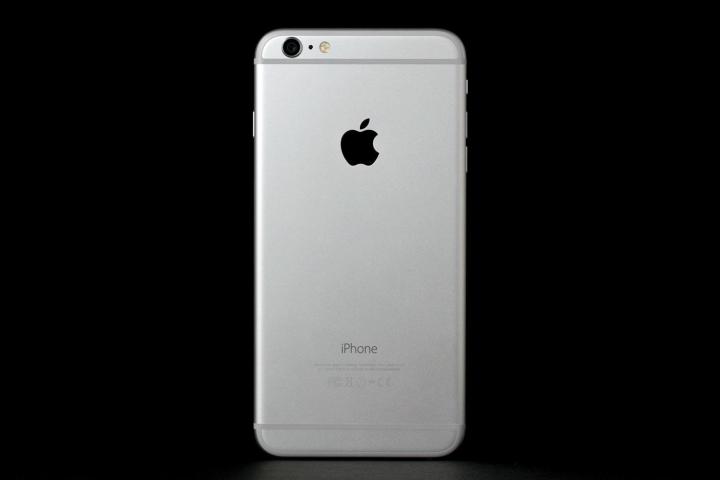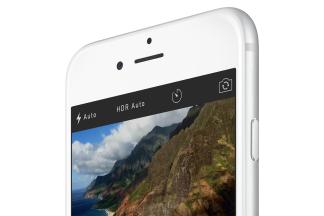
Consistently faster autofocus
The big update is the iPhone 6’s autofocusing technology, a.k.a “Focus Pixels.” Faster and more consistent than past iterations, the camera will decrease the likelihood of taking a blurry shot, thanks to the phase-detection autofocus system. Reportedly, the 6 will focus twice as fast than the 5S. That means you won’t have to wait long after tapping the screen to focus the camera (or just let it handle focus on its own).
1080 HDR photos and video
The 6’s iSight rear camera has the ability to record Full HD 1080 video at 60 frames per second (fps). Considering that the 5S sports a similar camera – albeit at 30 fps – the 6 produces a slightly sharper picture.
The 6 camera is identical to the 6 Plus in every way…except one
Unlike the iPhone 6, the iPhone 6 Plus has optical image stabilizing technology, which enables the camera to compensate the natural motion of hand shakes to produce a clearer shot. What’s spectacular about this feature is that the 6 Plus actually touts a physically moving lens, which can be beneficial for capturing photos and videos in low light. This is similar type of technology that’s been long employed by standalone digital cameras.
Front camera gets a facelift: higher-res FaceTime camera plus new modifiable features
The front camera, also known as the FaceTime camera, is much improved. The 1.2-megapixel camera’s resolution remains the same from the 5S, but now has a slightly faster f/2.2 aperture which gives a slightly better picture. Additional updates include, the FaceTime display is now just left of the speaker (instead of right above) and the ability to control the light temperature from the FaceTime camera.
Burst mode gets added to FaceTime camera
Ever wanted to take a sequence of selfies in one second from the front camera? Now you can. Burst mode – that camera feature that snaps 10 photos per second – has been built into the iPhone 6’s front camera. The phone can even analyze photos from your burst session and show you the “best” ones, a.k.a. display the clearest shots and the ones where everybody’s eyes are open.
Better slow-motion shots

Time lapse
With the release of iOS 8, all iPhones (including the 6’s) will get the ability to record time-lapse videos. The feature doesn’t allow for much in the way of granular controls, but it will automatically take photos in increments and then assemble them into a time-lapse sequence. This is significant, as time-lapse photography was a complex task to pull off in the past.
Third-party developers can now create apps for iPhone’s camera
The release of iOS 8 has opened the gates for third-party developers to take advantage of some of the granular controls within the iPhone camera. Some apps are already available in the App Store. For example, Manual, an app that allows you to modify the iPhone camera the way you would a DSLR camera.
Related: Best photography apps for the iPhone
It’s a sibling of the 5S in everyway
On paper, the camera seems to resemble the 5S. And, in many ways, that’s true. The 6 still has a 1.2MP front and 8MP rear camera. But that’s not necessarily a bad thing when you consider that the iPhone 6 improves on the 5S, an already terrific camera, by subtly adding new features and a more consistent auto focus. According to DxOMark, the new iPhone 6 and 6 Plus cameras are the best you can get in a smartphone right now, surpassing its 5S sibling and Samsung Galaxy S5 competitor.
Editors' Recommendations
- This one Apple Fitness feature completely changed how I exercise
- AirTags range: here’s how far the tracker can reach
- An Apple insider just revealed how iOS 18’s AI features will work
- 5 phones you should buy instead of the iPhone 15
- How to find your lost phone (tips for iPhone and Android)



